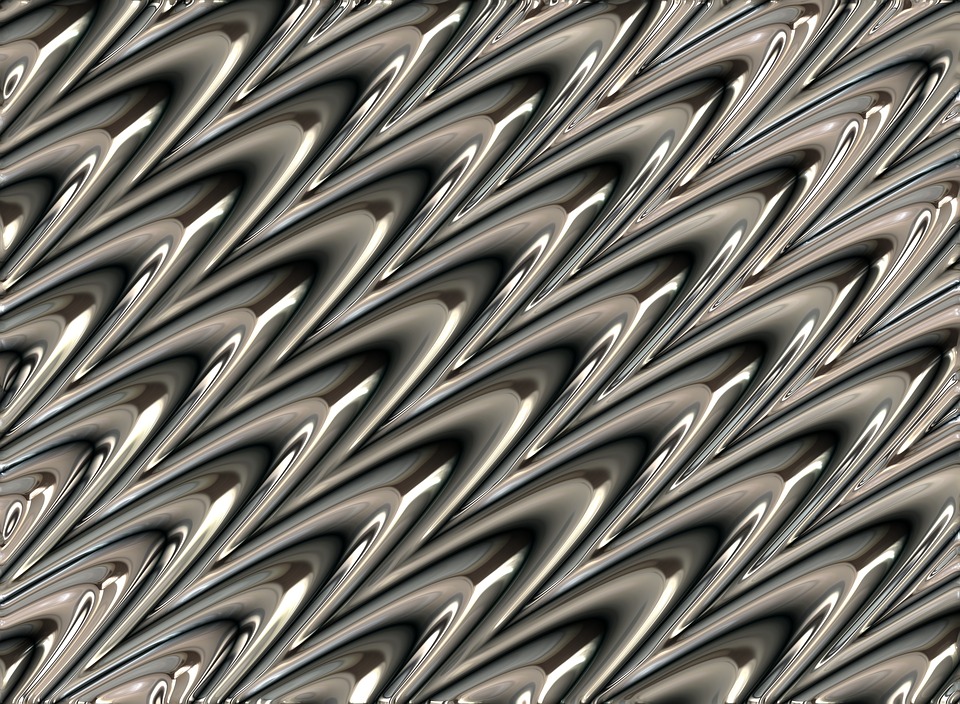Liquid Metal Fusion Reactors

Written by Tim Lash, Focus Fusion Society Contributor.
One of the most challenging aspects of sustainable fusion power are the high temperatures required. These high temperatures stress any imagined containment device. Researchers from the Netherlands Organisation for Scientific Research (NWO) tested a containment model lined with liquid metal. They believe such an approach could improve dealing with the severe temperature gradients of fusion plasma. Their findings are documented in an article published in the journal Nature.
A plasma reactor trying to sustain fusion is a very corrosive environment. Solid reactor walls and any equipment in proximity to the plasma will become degraded over time. Metallic parts become pitted and brittle with prolonged plasma exposure. Refreshing the liquid metal in this lining would end the accumulation of damage. The scientists formed this liquid layer by using tin or lithium that flowed through a tungsten mesh.
An ancillary benefit from the liquid barrier is that a metallic vapor cloud formed above the liquid. This vapor layer acted as a buffer to the incoming heat and particles from the plasma. As the vapor and liquid absorbed reaction energy, temperatures rose creating a more dense layer of metallic gas. The denser cloud was then able to absorb and distribute more energy. The varying density of this gas layer acts to regulate the surface temperature of the reactor wall.
An approach utilizing liquid metal walls has several advantages. Metallic erosion of reactor surfaces is eliminated since the liquid can be replenished. Liquid replacement also prevents the buildup of damage over time. Liquid walls could more effectively transport heat since convective movement and evaporative cooling would both be at play. Add in the effect of the vapor barrier, and the advantages of a liquid lined reactor become even more intriguing. The researchers do note that this technology is in an early stage of investigation. They expect that more research needs to be performed.
All fusion reactors generate high temperatures. However, none generate temperatures in the realm of the Focus Fusion 1 (FF1) reactor being developed by Lawrenceville Plasma Physics (LPPFusion). The FF1 device generated record breaking temperatures of 2.8 billion degrees kelvin. LPPFusion hopes to achieve direct fusion to electricity conversion via aneutronic reactions of hydrogen-boron fuel in their FF1 device.